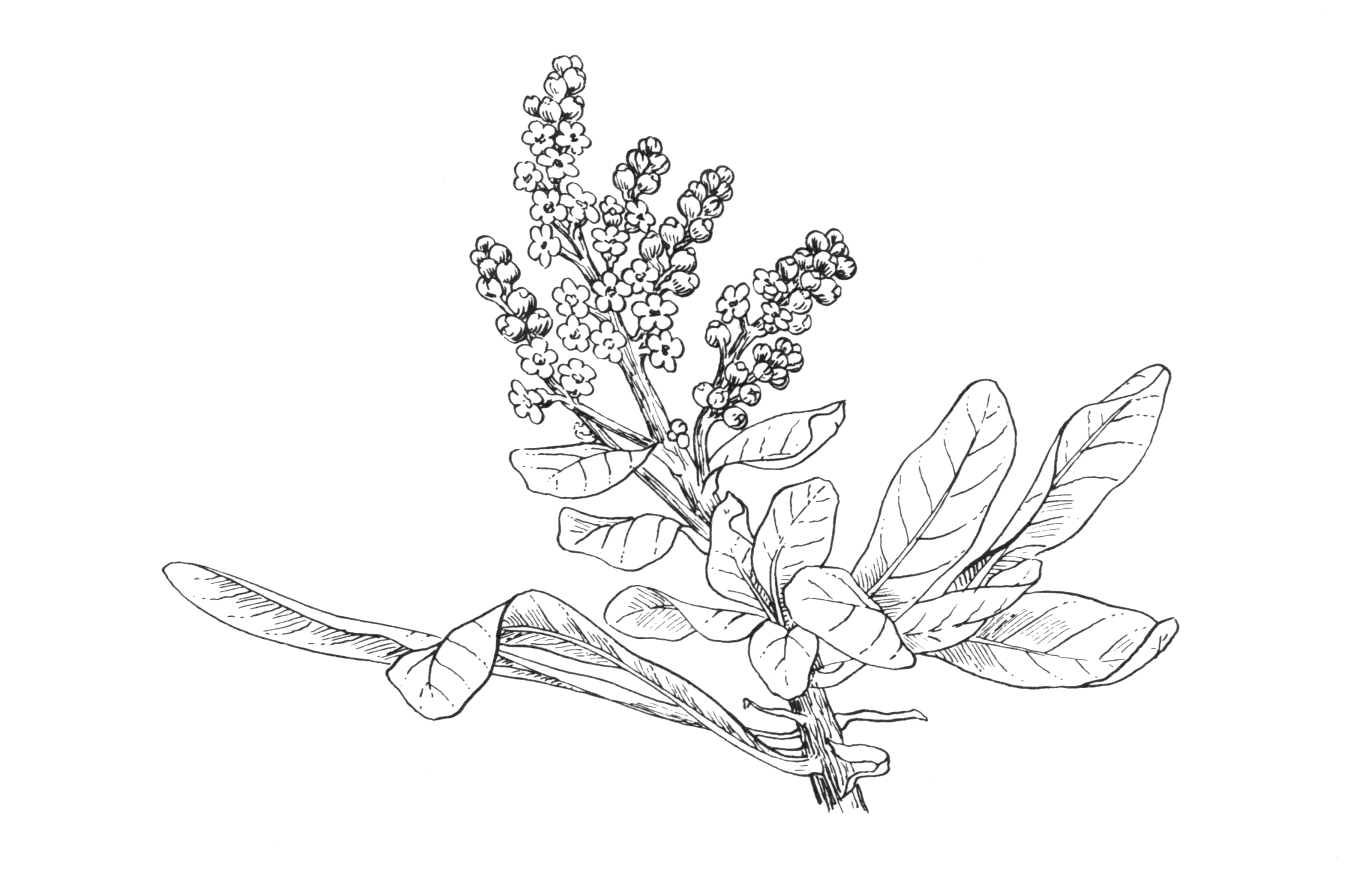Sibiraea laevigata
Credits
Article from Bean's Trees and Shrubs Hardy in the British Isles
Recommended citation
'Sibiraea laevigata' from the website Trees and Shrubs Online (treesandshrubsonline.
Genus
Synonyms
- Spiraea laevigata L.
- Sibiraea altaiensis (Laxm.) Schneid.
- Spiraea altaiensis Laxm.
Other taxa in genus
A deciduous shrub of sturdy bushy habit, 2 to 5 ft high, with thickish, rather sparse, perfectly glabrous, brown branchlets. Leaves entire, narrowly obovate, 2 to 41⁄2 in. long, 3⁄8 to 7⁄8 in. wide, sessile, tapering at the base, the apex with a short, abrupt point, glaucous green and quite glabrous. Flowers white, very small, produced from late April to early June in terminal, spreading, compound panicles 3 to 5 in. high. Petals obovate to roundish. Stamens about twenty-five in the effectively male flowers but shorter in the female flowers. Carpels five, present but minute and sterile in the male flowers. Follicles two-seeded.
Native of Russia in the Altai Mountains and Dzungarski Alatau; also occurring as a relict in Yugoslavia, where it is found in the Cabulja Planina above Mostar and in the Velebitska Planina above Karlobag on the Dalmatian coast. The Yugoslav plants are sometimes distinguished as var. croatica (Degen) Schneid., but do not differ from the Russian plants except in their dwarfer habit.
S. laevigata was introduced to Britain by Dr Solander in 1774, three years after it had been described. Although not particularly showy, this species is very distinct from the spiraeas and their other allies in its foliage, which in shape and colour is suggestive of a spurge. Plants 4 ft high are often as much as 7 ft across.

